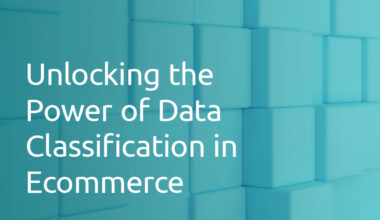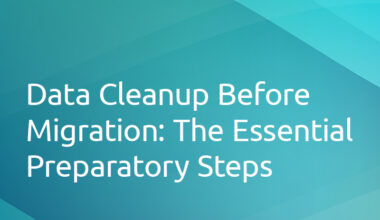In the realm of data management, ensuring data quality is paramount for accurate analysis and decision-making. In the age of information, data is the lifeblood of businesses. However, raw data often comes with inconsistencies, errors, and variations. Enter data cleansing and normalization – the twin pillars of data quality management.
What is Data Cleansing?
- Definition: The process of identifying and rectifying (or removing) errors and inconsistencies in data to improve its quality.
- Components: Includes correcting typos, removing duplicates, and validating data against standard formats or rules.
What is Data Normalization?
- Definition: The process of organizing data in a database to reduce redundancy and improve data integrity.
- Components: Involves scaling data, standardizing formats, and creating tables and relationships in databases.
Importance in Data Management
- Enhanced Data Quality: Both processes ensure that data is accurate, consistent, and usable.
- Improved Decision Making: Clean and normalized data leads to more accurate analytics and insights.
- Operational Efficiency: Streamlines data-related operations, from storage to analysis.
Steps in Data Cleansing
- Data Audit: Evaluate the current state of the data to identify errors and inconsistencies.
- Error Correction: Rectify identified errors, which could be typos, misspellings, or inaccuracies.
- Duplicate Removal: Identify and remove redundant data entries.
- Validation: Ensure data conforms to predefined formats or standards.
Steps in Data Normalization
- Eliminate Redundancy: Organize data such that each piece of information is stored only once.
- Data Scaling: Adjust data values to fall within a specific range.
- Standardize Formats: Ensure data is consistent in terms of units, date formats, etc.
- Establish Relationships: In databases, set up primary and foreign keys to ensure data integrity.
Challenges and Solutions
- Volume of Data: Handling vast amounts of data can be overwhelming.
- Solution: Use automated data cleansing and normalization tools.
- Evolving Data Sources: New data sources can introduce new inconsistencies.
- Solution: Regularly update data quality protocols and standards.
- Loss of Data: Overzealous cleansing can lead to loss of crucial data.
- Solution: Always backup data before cleansing and involve domain experts in the process.
Tools and Technologies
- Data Cleansing Tools: Software like OpenRefine, Trifacta, and Talend can assist in refining data.
- Database Management Systems (DBMS): Platforms like SQL Server, Oracle, or MySQL offer built-in normalization features.
- AI and Machine Learning: Advanced algorithms can automate many cleansing and normalization tasks, especially for large datasets.
Data cleansing and normalization are foundational to effective data management. By ensuring that data is both high-quality and well-organized, businesses can derive accurate insights, make informed decisions, and drive operational efficiency.
If you’re looking for data cleansing and normalization support to better serve your customers and streamline your business, contact our experts at geekspeak.
 1.416.619.5349 Ext.325
1.416.619.5349 Ext.325 







